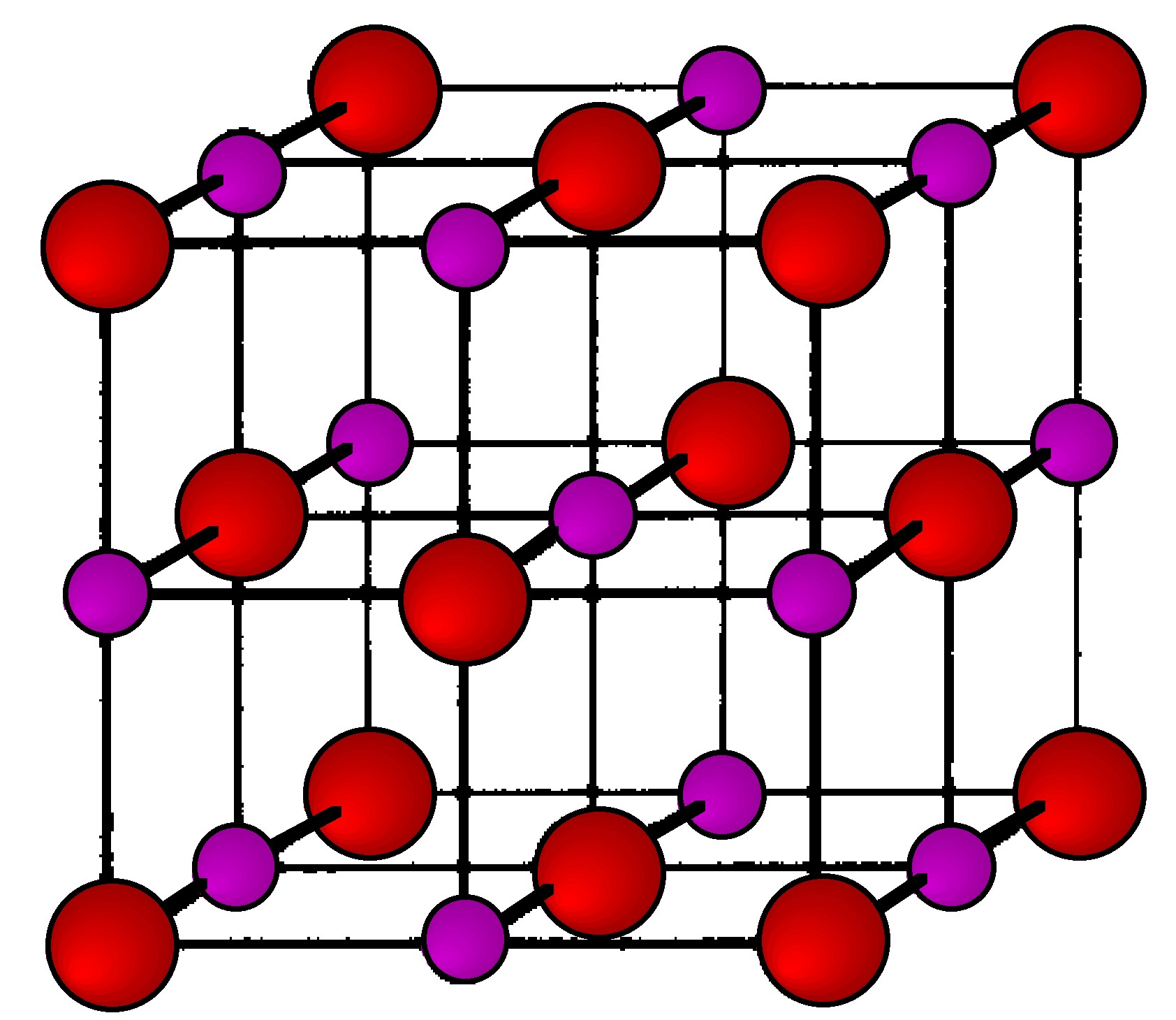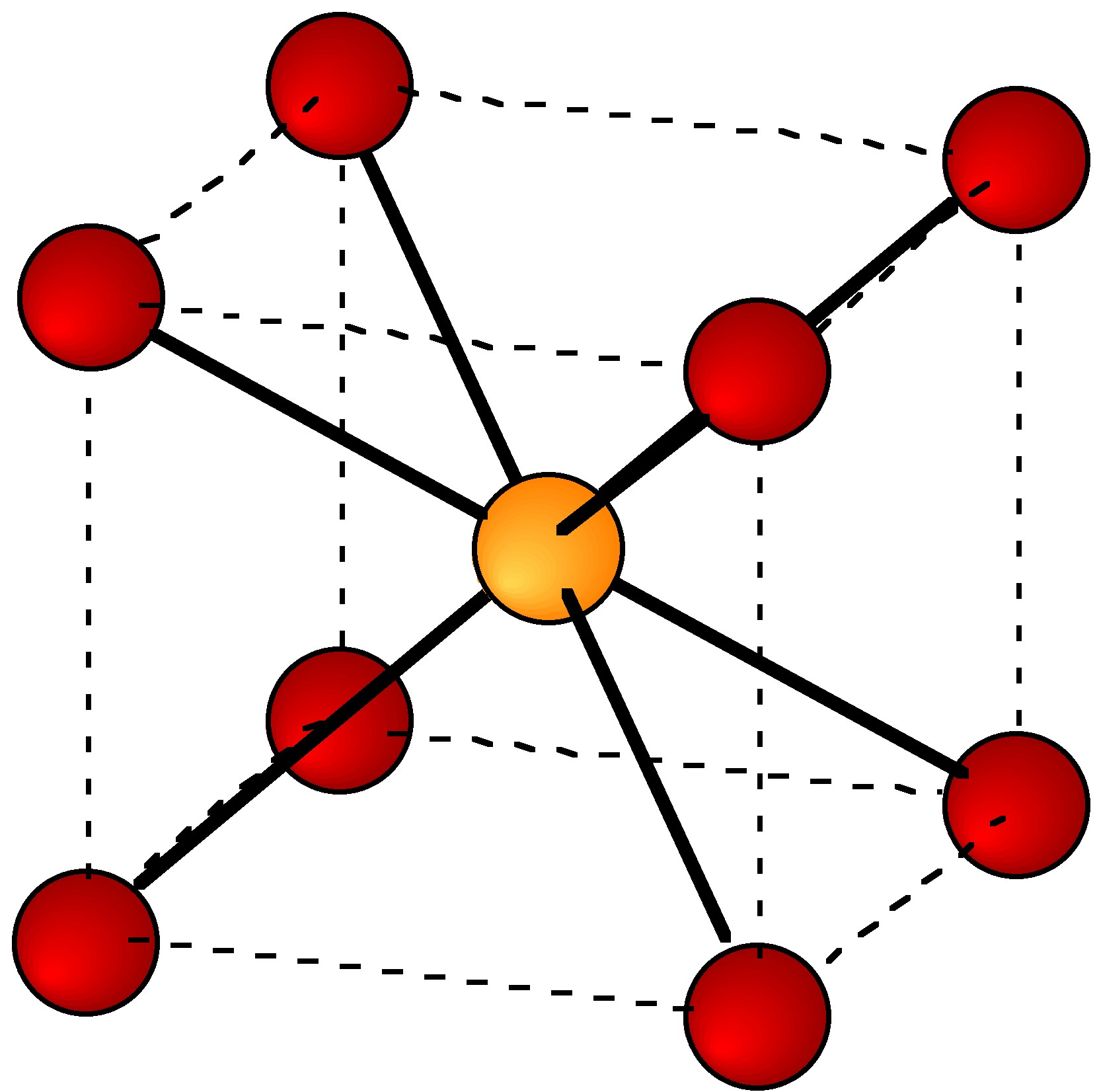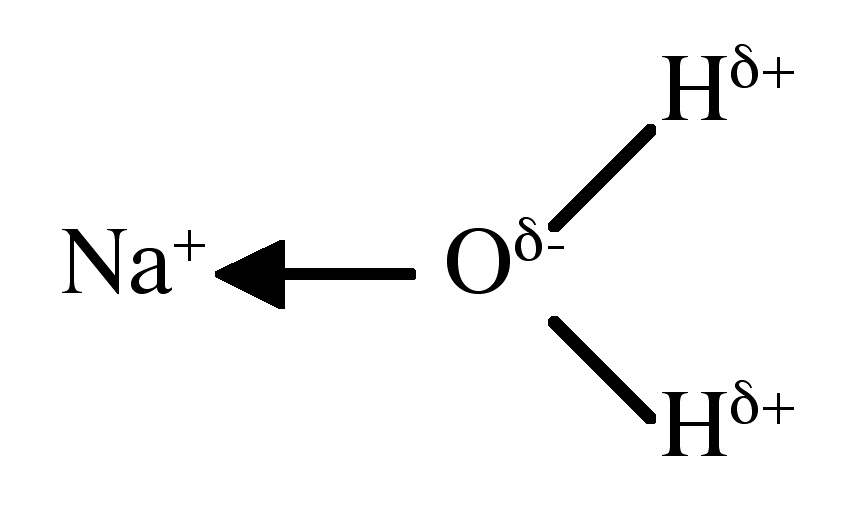| << Chapter < Page | Chapter >> Page > |
The chemistry of the alkali metals is dominated by the stability of the +1 oxidation state and the noble gas configuration of the M + cation. The alkali metals all have low first ionization energies ( [link] ) but very high second ionization energies.
| Element | 1 st ionization energy (kJ/mol) |
| Li | 526 |
| Na | 502 |
| K | 425 |
| Rb | 409 |
| Cs | 382 |
As a consequence of the stability of M + , the Group 1 metals have the least variation in chemistry of the any Group in the periodic table. The only exceptions are the subtle trends that exist for lithium due to its small size ( [link] ). All of the metals are more electropositive than hydrogen ( [link] ).
| Element | Atomic radius (Å) | Ionic radius (Å) | Covalent radius (Å) | Van der Waals radius (Å) |
| Li | 1.52 | 0.68 | 1.52 | 1.82 |
| Na | 1.86 | 0.97 | 1.53 | 2.27 |
| K | 2.31 | 1.33 | 1.90 | 2.75 |
| Rb | 2.44 | 1.47 | 2.47 | - |
| Cs | 2.62 | 1.67 | 2.65 | - |
| Fr | - | 1.80 | 2.70 | - |
| Element | Electronegativity |
| H | 2.20 |
| Li | 0.98 |
| Na | 0.93 |
| K | 0.82 |
| Rb | 0.82 |
| Cs | 0.79 |
| Fr | 0.70 |
In the solid state the compounds of the alkali metals generally form ionic lattices, e.g., Na + Cl - . These structures are essentially electrostatic in nature and the lattice energy is usually defined as the enthalpy of formation of the ionic compound from gaseous ions and as such is invariably exothermic.
In all cases the lattice energies is high and is found to be proportional to the ratio of the charges on the ions and the sum of the ionic radii (r).
The ionic radii for alkali metal cations are given in [link] ; those for common anions are given in [link] .
| Anion | Ionic radius (Å) |
| F - | 1.33 |
| Cl - | 1.81 |
| Br - | 1.96 |
| I - | 2.20 |
| H - | 1.54 |
| O 2- | 1.32 |
The ratio of the ionic radii (r + /r - ) neatly defines the structural type observed for alkali metal salts ( [link] ). The unit cells for ZnS (zinc blende), NaCl (rock salt), and CsCl are shown in [link] , [link] , and [link] , respectively.
| r + /r - | Structural type | Metal coordination number |
| 0.225 – 0.414 | ZnS (zinc blende) | 4 |
| 0.414 – 0.732 | NaCl (rock salt) | 6 |
| 0.732 - | CsCl | 8 |



As an example, the structure of KBr can be predicted from the data in [link] and [link] . The ionic radius of K + is 1.33 Å, while that for Br - is 1.96 Å. The ratio of the ionic radii (r + /r - ) is 0.67. Hence, KBr has a NaCl (rock salt) structure.
What is the structure of NaH?
The ionic radius of Na + is 0.97 Å, while that for H - is 1.54 Å. The ratio of the ionic radii (r + /r - ) is 0.67. Hence, NaH has a NaCl (rock salt) structure.
What is the structure of RbF?
The ionic radius of Rb + is 1.47 Å, while that for F - is 1.33 Å. The ratio of the ionic radii (r + /r - ) is 1.10. Hence, RbF has a CsCl structure.
The coordination complexes of the alkali metal cations (M + ) involve electrostatic, or ion-dipole, interactions ( [link] ) that have no preferred direction of interaction. Thus, the ionic radius of the cation ( [link] ) controls the coordination numbers of the metal in its complexes ( [link] ).


Notification Switch
Would you like to follow the 'Chemistry of the main group elements' conversation and receive update notifications?